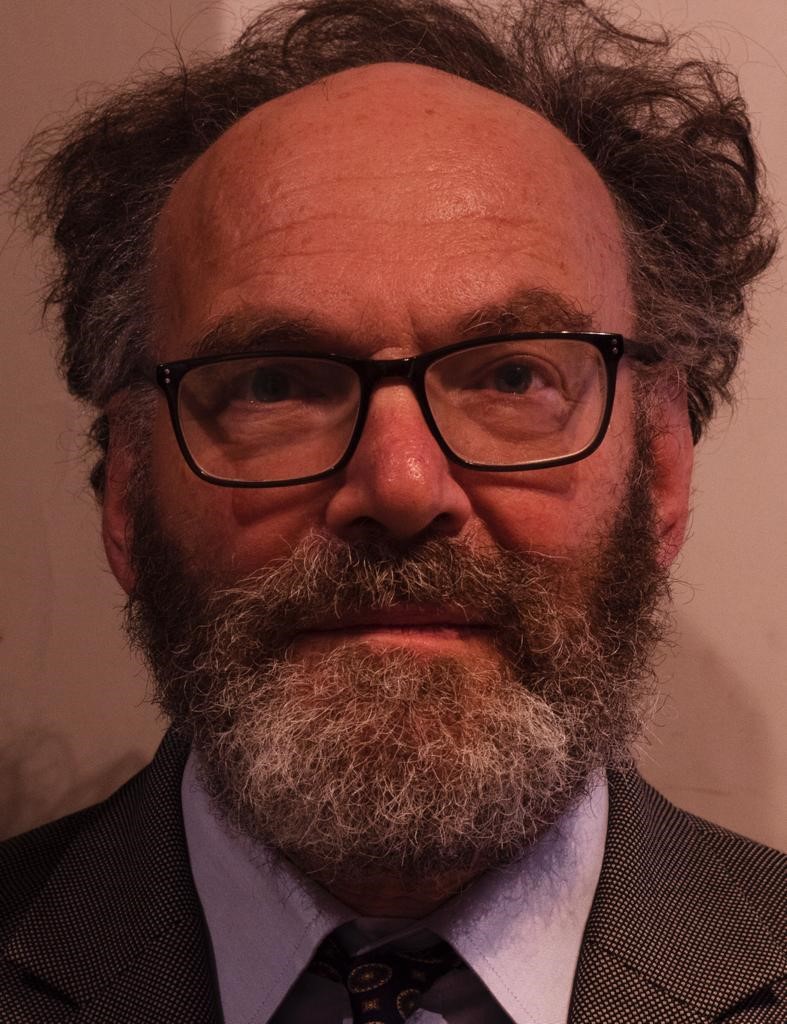Video evidence can be a powerful tool but banks have yet to acquire the technology to apply it to their anti-fraud systems, according to Facewatch. The company is using facial recognition software to help firms make better use of video and CCTV systems.
Banks’ failure to centralise their CCTV systems into a unified server across an entire branch network means they are losing out on the benefits of the new technology, said Simon Gordon, chairman, Facewatch.
“They are like the police. They have huge legacy systems. Branches typically use local servers and these are not coordinated around an HQ control room. Until it is all connected, they won’t get the benefits,” he said.
Cloud-based technology
Facewatch uses cloud-based technology to collect and store video streams from banks and retailers equipped with the software. The system enables them to compare video material of faces and other specific identifying features. The output can also be shared across user groups, subject to careful application of data protection law.
The company has a database of 20,000 criminal suspects compiled with the assistance of the police. Gordon said the database was likely to contain some actual or potential terrorists.
The technology has already been used by a high street bank in its central fraud prevention department. This enabled the bank to pin down multiple frauds perpetrated by one fraudster, who was tracked operating a credit card scam across a number of branches over a number of days in the M4 corridor west of London. The criminal was identified by a green stripe across his shirt which showed up on the system at each branch he entered.
The police were able to link the man to each incident and, using the visual evidence, he was charged with 83 offences. “In many cases the bank would have reported one fraud to the local police force and he would have got a light sentence. Now they could put them all together and he got a much heavier one,” Gordon said.
In another incident, an individual posing as an auditor at a bank showed the teller a card claiming to identify him as an authorised examiner engaged in an audit. He was also videoed and the tape was used to assist the prosecution. The individual was shown emptying cash from the till, writing out a receipt and leaving the premises.
Casinos are also using the technology to spot individuals who repeatedly bring cash into a casino to put it through an account to obtain a receipt, rather than to gamble with it.
Talks with industry organisations
The company is in talks with Cifas, the banks’ anti-fraud organisation, and with IBM, the company contracted to revamp the back-office software at the National Fraud Intelligence Bureau. Cifas is exploring how the system might be used to prevent credit card fraud by an operator who uses different aliases to pass off stolen cards.
- Nick Kochanis a contributing editor to Thomson Reuters Regulatory Intelligence. He is the author of ‘The Washing Machine’, a book about money laundering and ‘Corruption: The New Corporate Challenge’. Kochan writes widely about compliance and economic crime.
